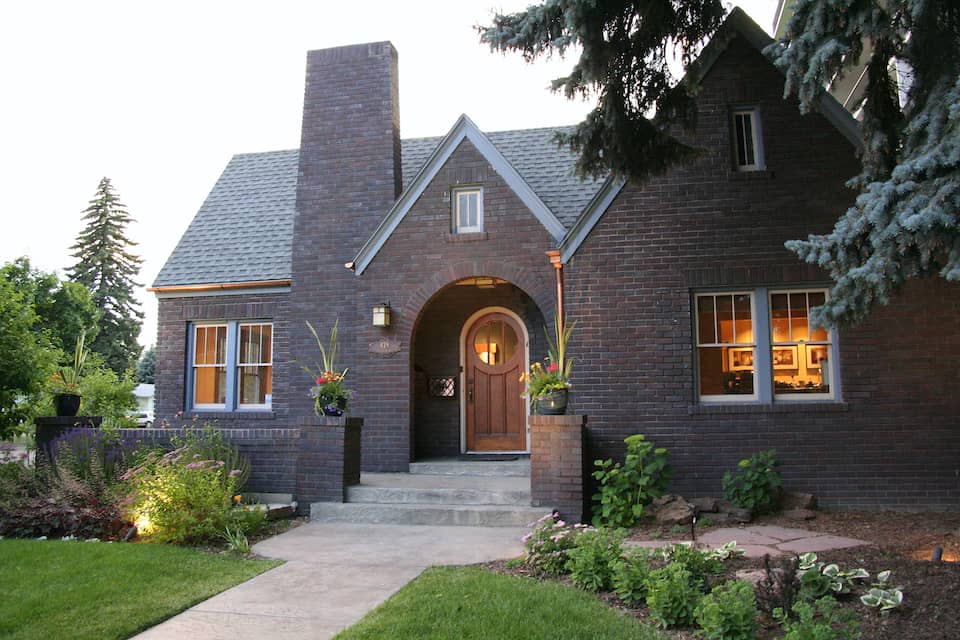
Before you sign on the dotted line of any construction contract, weigh the pros and cons of the three most common types of building and remodeling contracts used today, and choose the best fit for your situation.
Cost-Plus
Cost-plus contracts are often used in commercial building and for very large residential new construction projects. There are four general types of cost-plus agreements, each with a unique fee structure. In a basic cost-plus model, the homeowner pays a contractor for expenses plus an additional fee to allow for profit. One advantage is that cost-plus contracts often encourage contractors to purchase quality materials because they know they will be reimbursed. A major disadvantage is budget ambiguity. These contracts can be challenging for homeowners on a tight budget because the final actual cost is difficult to predict. You can counter this risk upfront by requiring a guaranteed maximum cost for the project.
Time-and-Materials
Time-and-materials (T&M) contracts are best suited for homeowners who want to review, understand and control every daily bill and labor charge for their project. The homeowner pays the contractor a set labor rate, as well as for materials used (plus markup), no matter how much work is needed to complete construction. The advantage of T&M contracts is you may be able to start your project quickly due to a shortened planning process. A disadvantage is that same shortened planning process, which often makes a project vulnerable to construction and budget miscalculations. Homeowners should consider establishing a budget cap or project duration requirement in a T&M contract to minimize this risk.
Fixed-Price
Fixed-price contracts are ideal if the project scope is well defined and the homeowner wants a firm budget. This type of contract involves a total “lump sum” cost for all construction-related activities. The advantages include a known, fixed budget where both the homeowner and contractor are clear about the total cost and scope of work before construction begins. If the contractor underestimates the bid, the homeowner benefits because the contractor must absorb the cost. In rare cases, if the contractor realizes cost savings during the project, the savings may not be passed along to the homeowner. The price is the price as agreed to in the contract. Overall, the fixed-price contract works very well for homeowners who dislike budget ambiguity and schedule creep.
It’s important to note that almost every project will have something unforeseen pop up, which is likely to result in an extra expense. Regardless of the type of contract vehicle you choose, be wary of a flimsy two-page document. Get everything in writing to protect yourself. Demand a thorough contract that at minimum includes a detailed scope of work, contractor’s agreement to secure all permits and approvals, pricing policy, payment schedule, start and completion dates, and cleanup policy.
If you’re thinking about a home remodel or new construction, contact HighCraft to schedule a free, no-obligation consultation. We’re happy to discuss your project and our process in more detail.


